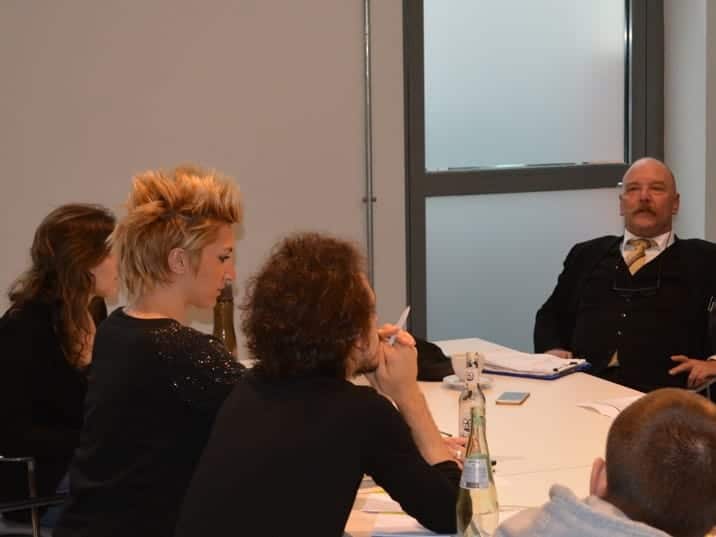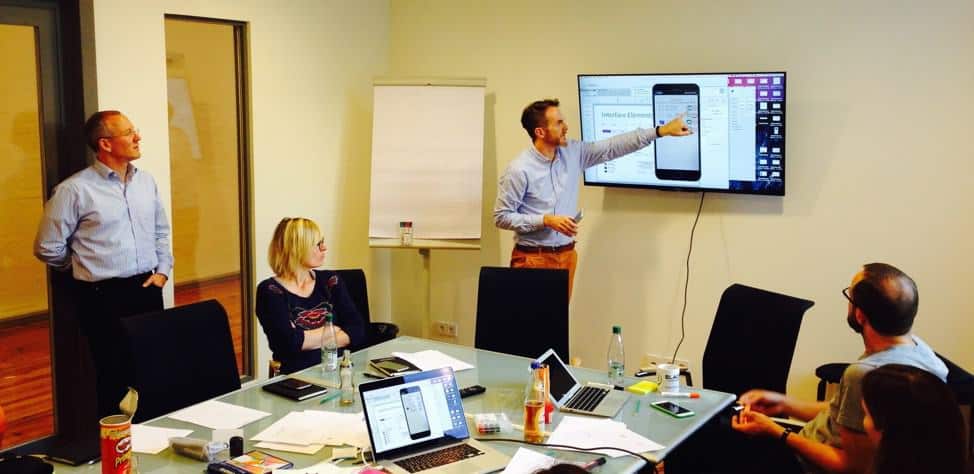This is a continuation of the previous post Beyond Product-Market fit :
An Idea Is Worth Nothing: Testing Hypotheses
In order not to waste resources, it’s crucial to figure out what’s most beneficial for both customers and us while being as fast as possible, at any given moment — which is the essence of being agile. We like to quickly test hypotheses or ideas of product iterations or alterations before we decide to actually build them.
Hypotheses are based on insights from various sources such as:
- Analytics (Google Analytics as one of the various analytics tools we use)
- Data mining and reporting
- A/B tests
- Customer feedback
- Internal feedback
- Customer interviews
- Field trips
- Feedback from founders, stakeholders and investors
Think of all of those sources feeding a funnel of ideas in which it is our job to identify the ideas that are worth pursuing. While testing the call-to-action copy of a button with an A/B test is rather trivial, the task will get more interesting if we talk about testing a large hypothesis. By Blacklane standards, a new driver app would be considered such a large hypothesis.
How would we proceed? For such a large project we would run a user story mapping workshop:

Interview with a driver on using the Blacklane app.
“User Story Mapping is a dead simple idea. Talk about user’s journey through your product building a simple model that tells your user’s story as you do. But it turns out this simple idea makes working with user stories in agile development a lot easier.” (Jeff Patton: “User Story Mapping”).
Based on the results of the user story mapping workshop, we would then move on to rapid prototyping and create a click dummy to gather initial feedback from our future app users. When it comes to user interviews, we would go through several rounds and each would result in an iteration of the original concept.
There are several apps out there to support the creation of click dummies. At Blacklane, we like to work with Marvel. For a large hypothesis, we would also consider A/B testing two versions of the click dummy using Validately to broaden the feedback base and mitigate the risk of false positives from the face-to-face interviews we would run.

Rapid prototyping workshop using Marvel.
Once we feel comfortable with the feedback on our click dummy, we would start creating the final designs and coding for the first version of the app. We believe in shipping early and often, and a selected roll-out to our beta-testers ensures that we will fix all operational issues prior to releasing version 1.0 to the public. After that, it’s back to square one and time to start iterating on the new driver app.
About the author:



